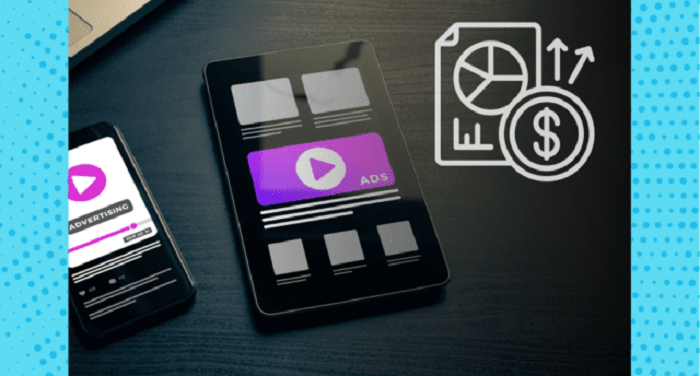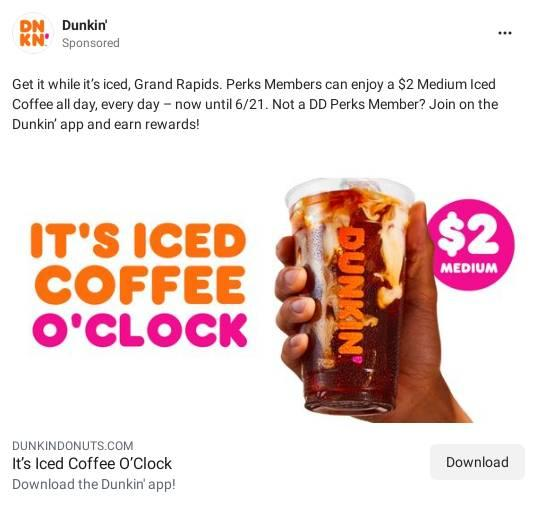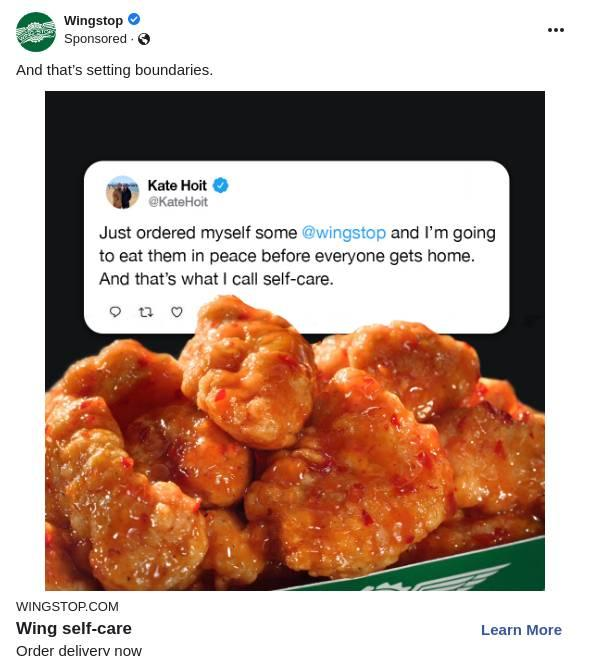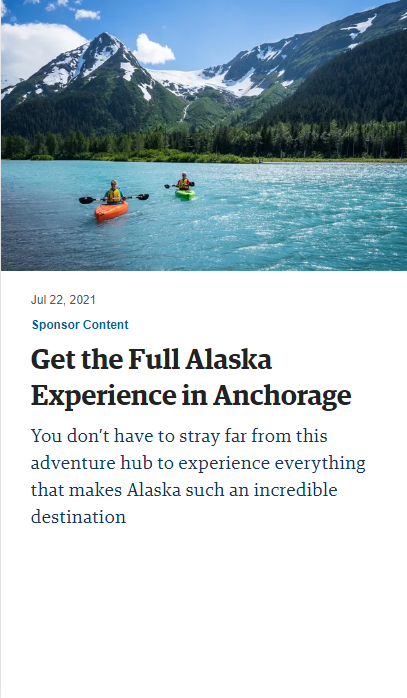
After two-plus years of a pandemic, a quick transition into a recession seems only fitting.
Whether or not that’s true—the definition of a recession is widely disagreed upon—we can all agree that the economy is going through a rough patch.
That means layoffs, revenue declines, go-to-market shifts, and less spending.
When times get tough, and money is tight, ad budgets are typically one of the first line items to get the boot.
But not all advertisers are watching their budgets disappear—some are spending more, despite the uncertain economy.
Food Advertisers Weather the Recession
Pandemic-induced restrictions hit the food service industry harder than most.
According to the National Restaurant Association, restaurant and food service sales in 2021 were $240b below pre-pandemic forecasts.
On top of that, more than 110,000 establishments closed (either temporarily or permanently), costing millions of people their jobs.
For the restaurants that stayed open, strategies shifted to promote takeout, outdoor dining and delivery, although not nearly at the level they once were.
With a recession upon us, a further decline should be on the horizon.
For some advertisers, that’s true. For others, not so much.
Although overall spending from restaurants & bar advertisers is down by 13% YoY to $2.4b through August, recent surges could indicate the tides are turning.
For example, Roark Capital (Arby’s, Dunkin, McAlister’s and Wingstop) increased spending by 52% YoY in August, while Wendy’s ad team did so by 6%.



Despite 84% of people spending less on food, the subset of restaurant & bar advertisers offering affordability and convenience continues to invest in ads.
With experts predicting the recession to carry into 2023, spending from these advertisers will likely increase moving forward.
They may also be spending more in the wake of the return-to-office trend and the fact that people are trading their pantries for local establishments.
Non-Alcoholic Beverage Advertisers Run Up the Tab
Restaurant & bar advertisers aren’t the only ones increasing their budgets in the face of a recession. Those promoting non-alcoholic beverages—including The Coca-Cola Company, Red Bull, Monster, and Liquid Death Mountain Water—also spent more.
Although non-alcoholic beverage advertisers decreased their spending by 8% YoY through August, they increased it by 14% in August, which makes sense given the start of the NFL season.
The Coca-Cola Company, for example, increased spending by 67% YoY in August.
Meanwhile, advertisers for Red Bull and Monster boosted their budgets by 111% and 29% YoY, respectively.
While the NFL undoubtedly influenced this spending, the change may have happened anyway.
These products will remain in demand as the non-alcoholic beverage market grows due to shifting consumer preferences, a priority on health and rising demand for convenience and affordability.
For some non-alcoholic advertisers, however, the spending spree was driven by a much larger prize: funding.
Liquid Death Mountain Water increased its spending by 35% YoY through August, investing all of it in digital ads.

Earlier in October, the company closed a $70mm Series D funding round.
The company’s impending round of funding drove its digital-exclusive strategy and consistency throughout the year, but it may also serve as the blueprint for other advertisers in the industry.
Through August, The Coca-Cola Company, Red Bull and Monster allocated 31%, 26% and 73%, respectively, to digital.
Advertisers Take Advantage of Travel Bug
At the height of the pandemic, fewer than 500k people went through TSA daily.
As governments lifted travel restrictions, those numbers shot up as people eagerly hopped in planes, trains and automobiles to catch up on more than two years of lost opportunity.
It may have taken a while, but we’re back to pre-pandemic travel levels—and despite a recession, it doesn’t appear that’ll change.
An October study found that more than half of Americans view leisure travel as an “important budget priority right now.”
Travel advertisers have responded with a swift increase in spending by 67% YoY.
With borders opening up, airline advertisers dug deeper, collectively increasing their spending by 128%.
For example, Alaska Air Group increased spending by 29% YoY, despite decreasing it in June and July by 73% and 40%, respectively.

In August, the company increased spending by 310% as it looked to take advantage of the busy summer travel season, especially overseas.
People don’t seem overly concerned about the recession as it relates to travel, meaning advertisers have every reason to keep pouring money into ads. That said, spending will likely plateau or decrease as Europe and other popular destinations enter their off-seasons.
Recession Ad Spending Is in Full Swing
Recessions don’t impact consumers and advertisers equally.
While people are cutting back—and will continue to do so given the grim economic outlook—some industries are less affected than others.
As a result, certain advertisers are keeping their wallets open.
Right now, that group includes those promoting affordable and convenient food and beverages and those promoting activities that people can’t live without, like travel.
To learn more about the data behind this article and what MediaRadar has to offer, visit https://mediaradar.com/.







Sign up to receive our stories in your inbox.
Data is changing the speed of business. Investors, Corporations, and Governments are buying new, differentiated data to gain visibility make better decisions. Don't fall behind. Let us help.













Sign up to receive our stories in your inbox.
Data is changing the speed of business. Investors, Corporations, and Governments are buying new, differentiated data to gain visibility make better decisions. Don't fall behind. Let us help.





